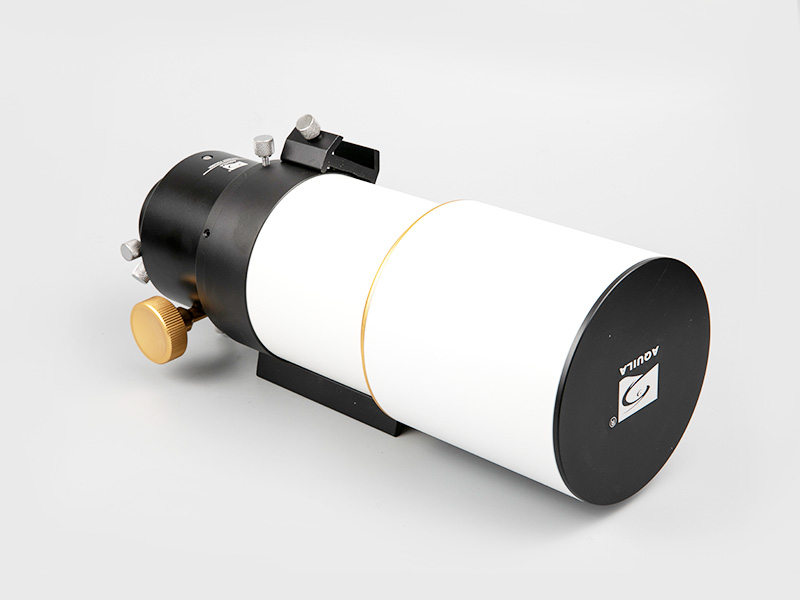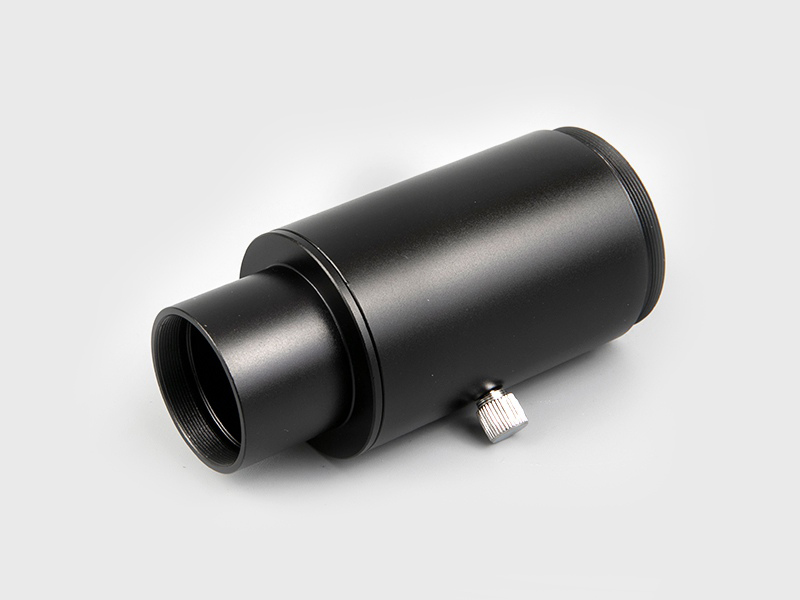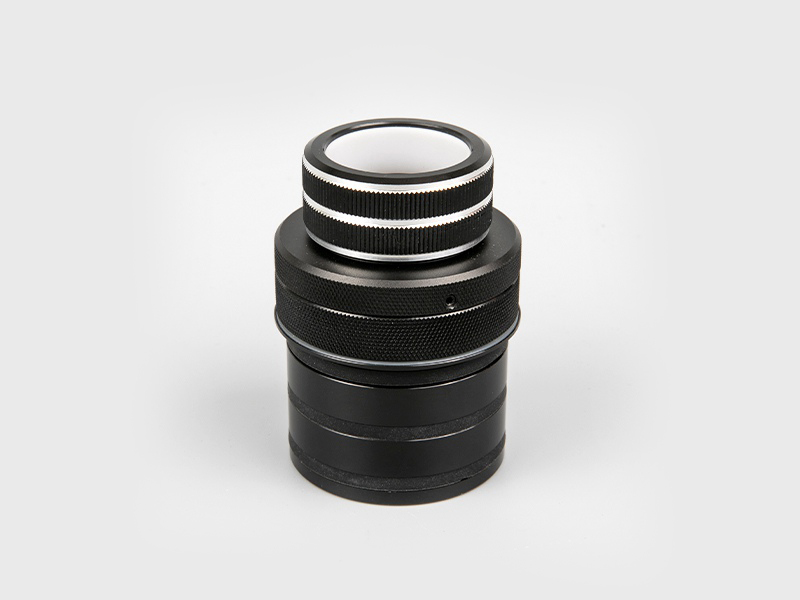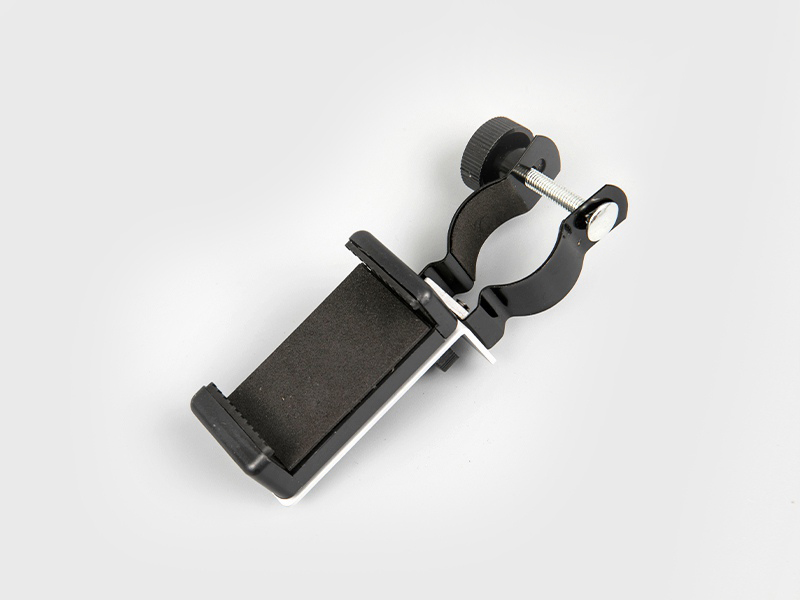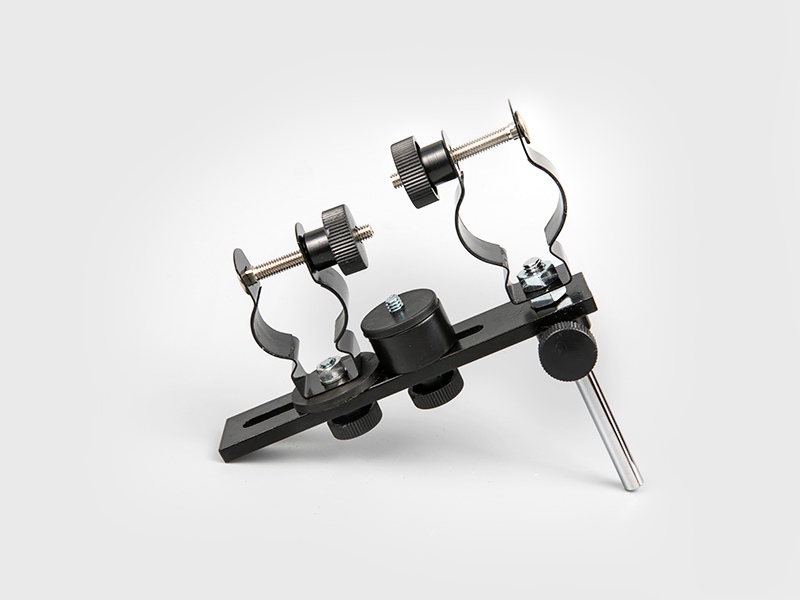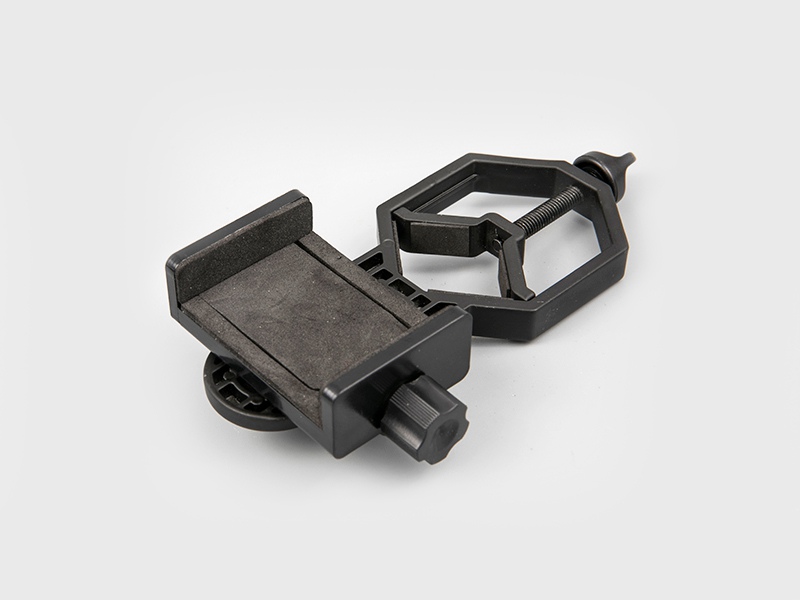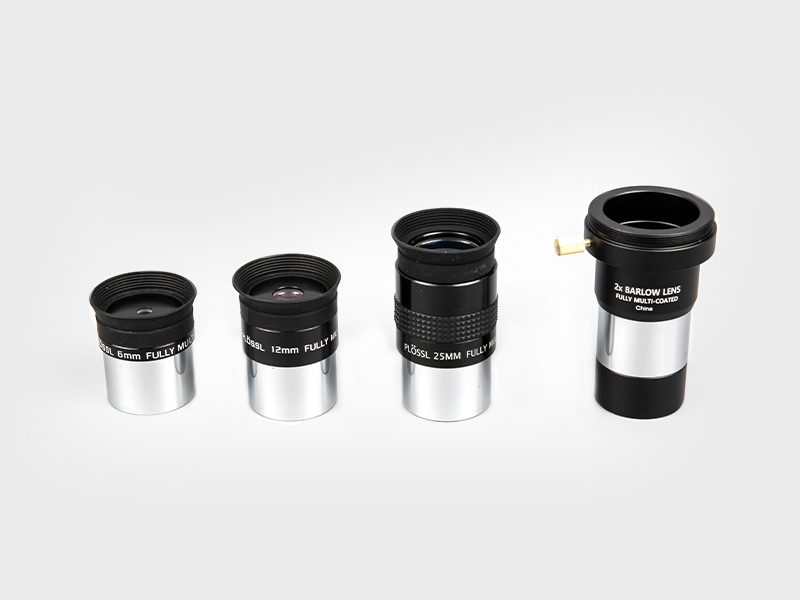The function of the eyepiece is to magnify the real image (intermediate image) enlarged by the objective lens again, and reflect the object image into the eyes of the observer. In essence, the eyepiece is a magnifying glass. It is known that the resolution capability of a microscope is determined by the numerical aperture of the objective lens, and the eyepiece is only used for magnification. Therefore, for the structure that the objective lens cannot distinguish, no matter how large the eyepiece is enlarged, it still cannot be distinguished.
Since different series of eyepieces have different optical designs, eyepieces of different brands of telescopes cannot be mixed.
This is a formula: objective lens focal length ÷ eye lens focal length = magnification, magnification = objective lens focal length / eye lens focal length
A good astronomical telescope not only depends on its magnification, but also depends on its aperture. The aperture is an important parameter for judging a telescope's failure. Astronomical telescope manufacturers believe that theoretically, the larger the aperture, the brighter and clearer the image seen. However, the stability will decrease and the volume will increase. Observation eyepieces distinguish their magnification according to their focal length. The longer the focal length of the eyepiece, the smaller the magnification and the larger the field of view. .
Generally speaking, 40 mm or more is called a low-power eyepiece, which is suitable for observing low-light and dim celestial bodies such as nebulae, star clusters, and comets.
25mm-12mm, called mid-power eyepiece, suitable for observing the lunar surface, planets, binary stars and the interior of bright nebulae.
12 mm-4 mm is called a high-power eyepiece, suitable for observing detailed pits on the lunar surface, planetary surfaces, double stars, etc.
You can choose eyepieces with different focal lengths according to different celestial bodies. The price of the telescope is different, and the experience is different. Generally, commercially available astronomical telescopes are equipped with two or three eyepieces, which can be equipped with medium, high, and low (such as 12 mm, 6 mm, 25 mm) or medium and high magnification (such as 18 mm, 6 mm). If you have the opportunity, you can purchase additional 40mm telephoto special low-power eyepieces, which are particularly effective when viewing nebulae and star clusters.
It is worth noting that the specification of ordinary eyepieces is 24.5mm, and there are three kinds of "big head" eyepieces that have specifications of 31.7mm, 36.4mm, and 50.8mm. The diameter of the eyepiece becomes larger and the eyepiece glass becomes larger. It looks like a big eyepiece. The screen is the same as the TV.

 English
English 日本語
日本語 Deutsche
Deutsche España
España
